Partnerships between scientists, social scientists and schools prove educational for all
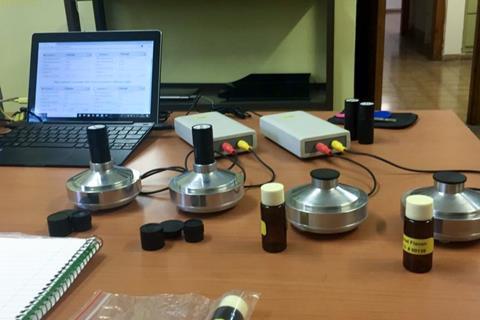
New Year’s day may have been and gone, but it’s not too late for resolutions, especially when it comes to engaging the public with chemistry. One way to do this is to head back to school.
Well-designed citizen science projects can be really effective at enabling authentic learning experiences in the classroom and involving young people in real research. For many chemists, it can be daunting to translate research questions that are usually explored in specialised laboratories into something that works in the classroom. But as researchers in Israel demonstrate, scientists and social scientists can work in partnership to design effective projects for school children.
Creating projects
Radon is a colourless, odourless radioactive gas and is the second highest contributor to lung cancer after smoking. Produced by the radioactive decay of uranium found in rocks and soil, radon is usually highly diluted outdoors but can be found at much higher concentrations indoors.
Konstantin Kovler’s team from the faculty of civil and environmental engineering at the Technion – Israel Institute of Technology, recognised that citizen science could be a tool that would enable them to measure radon levels inside homes, but they weren’t sure how best to initiate the project.
Fortunately, researchers from the same institute along with colleagues from the University of Haifa have formed the Taking Citizen Science to School (TCSS) research excellence centre, which is striving to ‘break boundaries between traditional silos — students, citizens and scientists’.
Kovler’s team of scientists worked with TCSS researchers on a project called the ‘radon home survey’ that enlisted the help of students in secondary schools to monitor radon levels in Israeli homes. ‘Basically, [the scientists] had the scientific protocol and the idea to do it with school students, but no way to implement that in practice,’ explains Yaela Golumbic, who completed her PhD research at the TCSS centre.
The scientific team worked with TCSS researchers to co-design the project and then sought the required ethics approval to work with public schools. The partnership also discussed how best to deal with cases where particularly high levels of radon were recorded.
Connecting to the curriculum
Golumbic and the TCSS team recognised the importance of designing programmes that could slot into the school curriculum in order to maximise uptake from teachers.
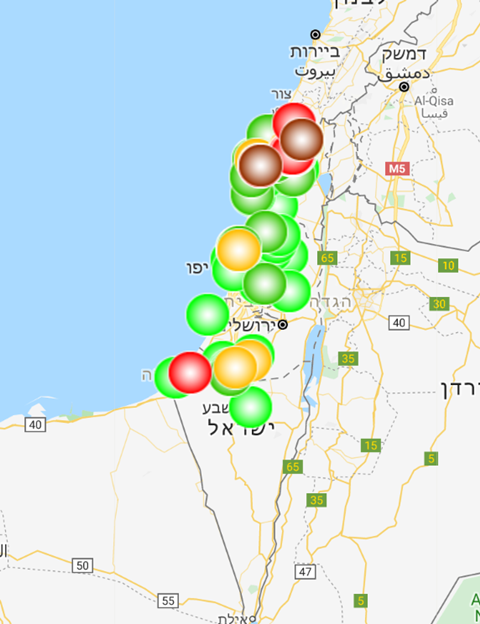
‘We connected [the project] to three different scientific domains: chemistry, biology and environmental sciences,’ she explains. ‘And that was what got teachers excited about the programme, because we had already built this unit, which was ready to go and was relevant to what they needed to teach. So, it provided them [with] something relevant that they could use.’
The radon monitoring experiment required students to leave open vials of activated charcoal in their bedrooms for three to six days. The charcoal passively adsorbs radon from the environment, which can be measured when returned to the research laboratory.
‘We use extremely simple and cheap detectors and a user-friendly mobile application,’ explains Kovler. ‘We need thousands of measurements, and citizen science is a very good instrument to reach this number.’
Researching the research
Alongside the scientific experiment, the TCSS team explored the factors that contributed to the learning processes of students involved in the project.
Over 100 students were involved in the study and attended a series of specially prepared lessons that taught them about radon and its dangers, initiated class discussions, and allowed the students to measure radon levels and analyse the resulting data.
The students were so engaged with the project that some made decisions that deviated from the protocol, provoking mixed reactions from the project team.
‘Some students didn’t necessarily put the vial in their bedroom, but rather put it in a place where they were interested to measure the radon,’ says Golumbic. This was important for the scientific study as some less commonly used areas of homes, such as basements, might have higher levels of radon. ‘Our scientists were not so happy about that,’ says Golumbic. However, her own response was more positive: ‘I think [the students’ decisions are] great because you can see that’s something that’s interesting for them and they’re using their own initiative.’
As well as learning about science, involvement in the project empowered some students to think about their role as community members. In the words of one participant, ‘I learned a lot of new things and I can use it to contribute to raising awareness because I have responsibility to my family and to my city.’
One of the simplest ways to reduce radon levels indoors is through ventilation, so early detection can help to reduce potential health risks. And several teachers reported changes in the behaviours of their students after they had participated in the project. For example, one group of students began to open the classroom windows each morning before starting their school day.
Citizen science in schools is about much more than the central research question. So if you need a new resolution, perhaps 2020 could be the year that we bring citizen chemistry to the classroom.


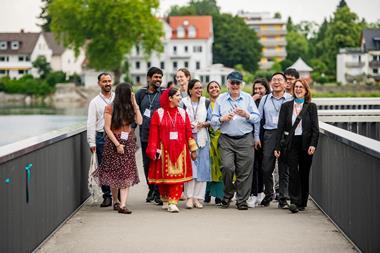
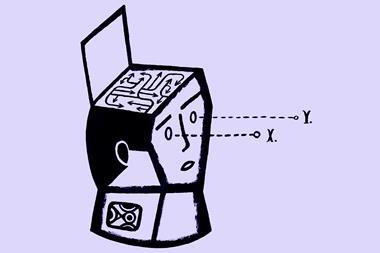
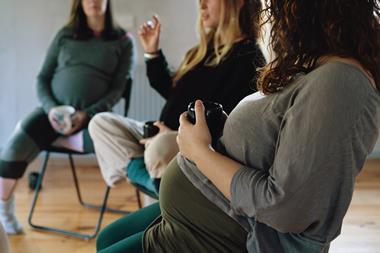







No comments yet